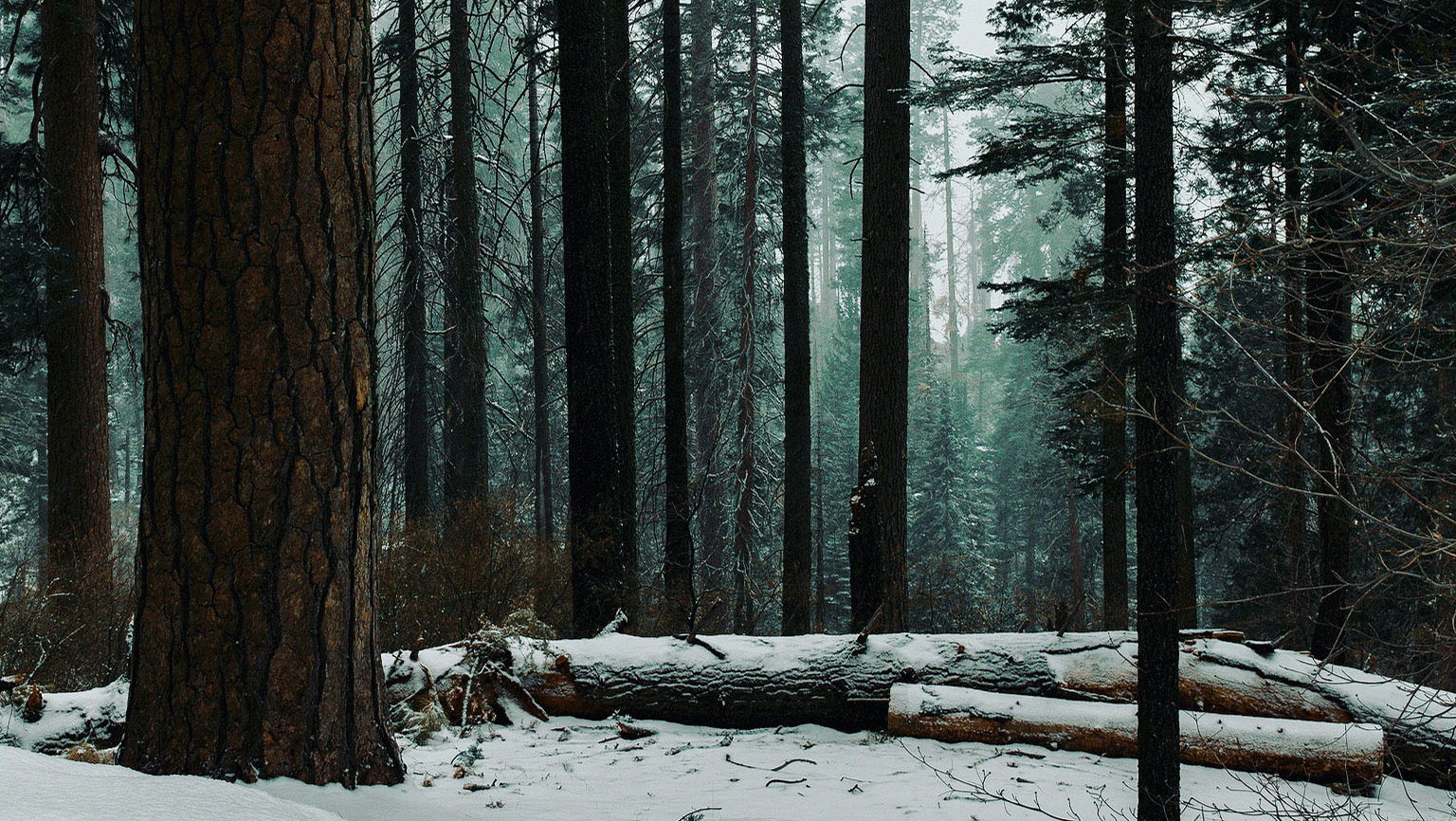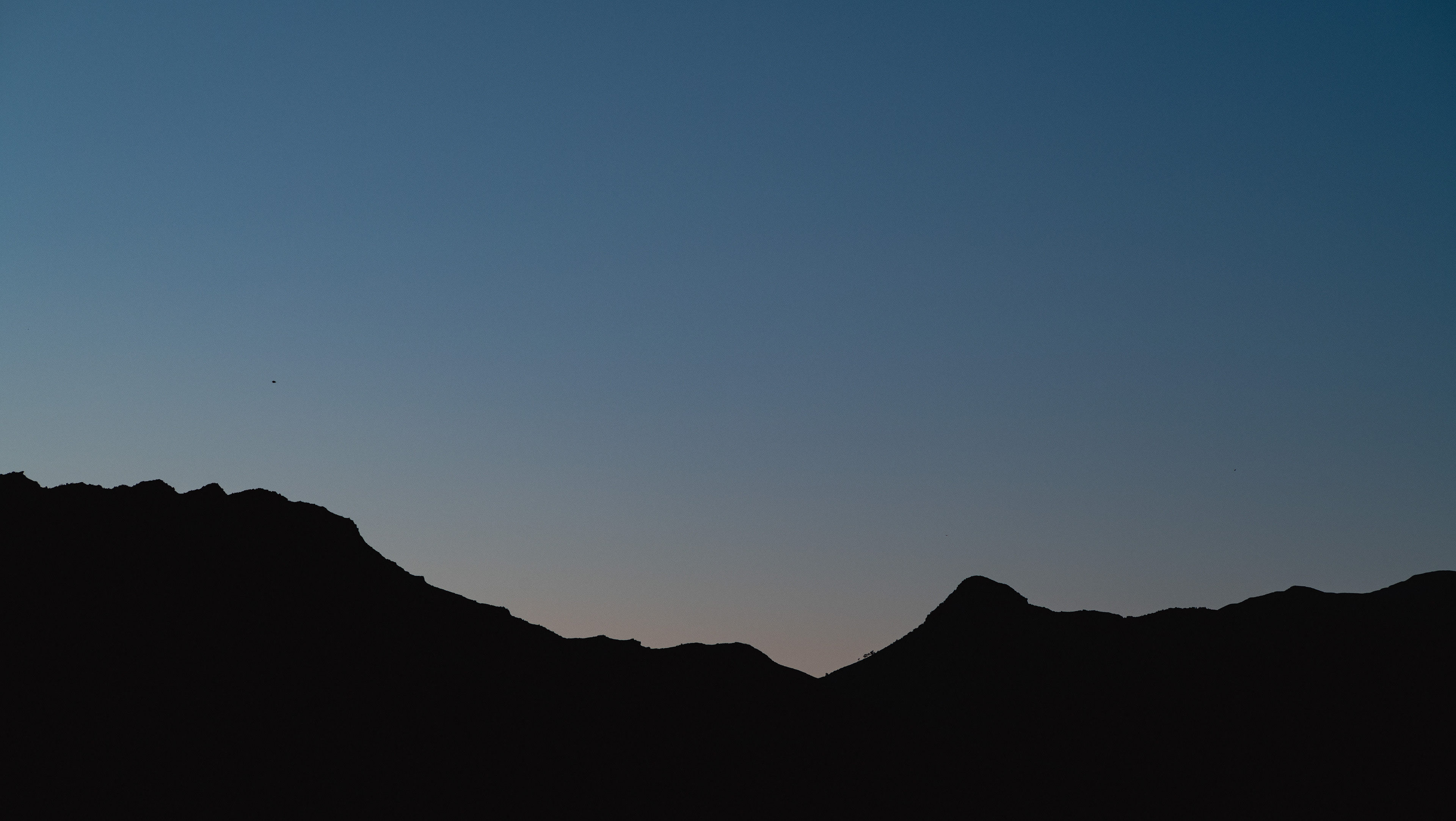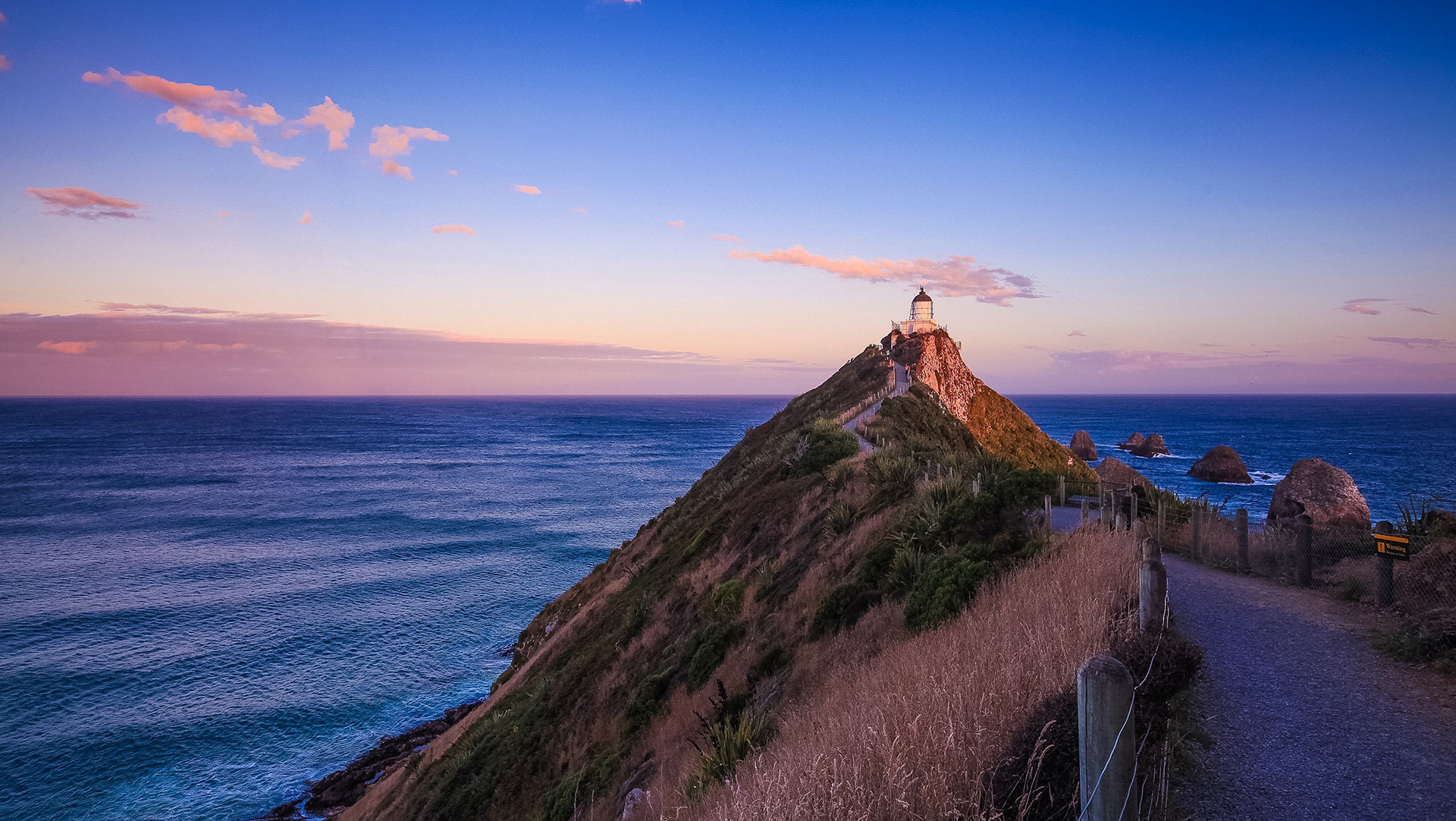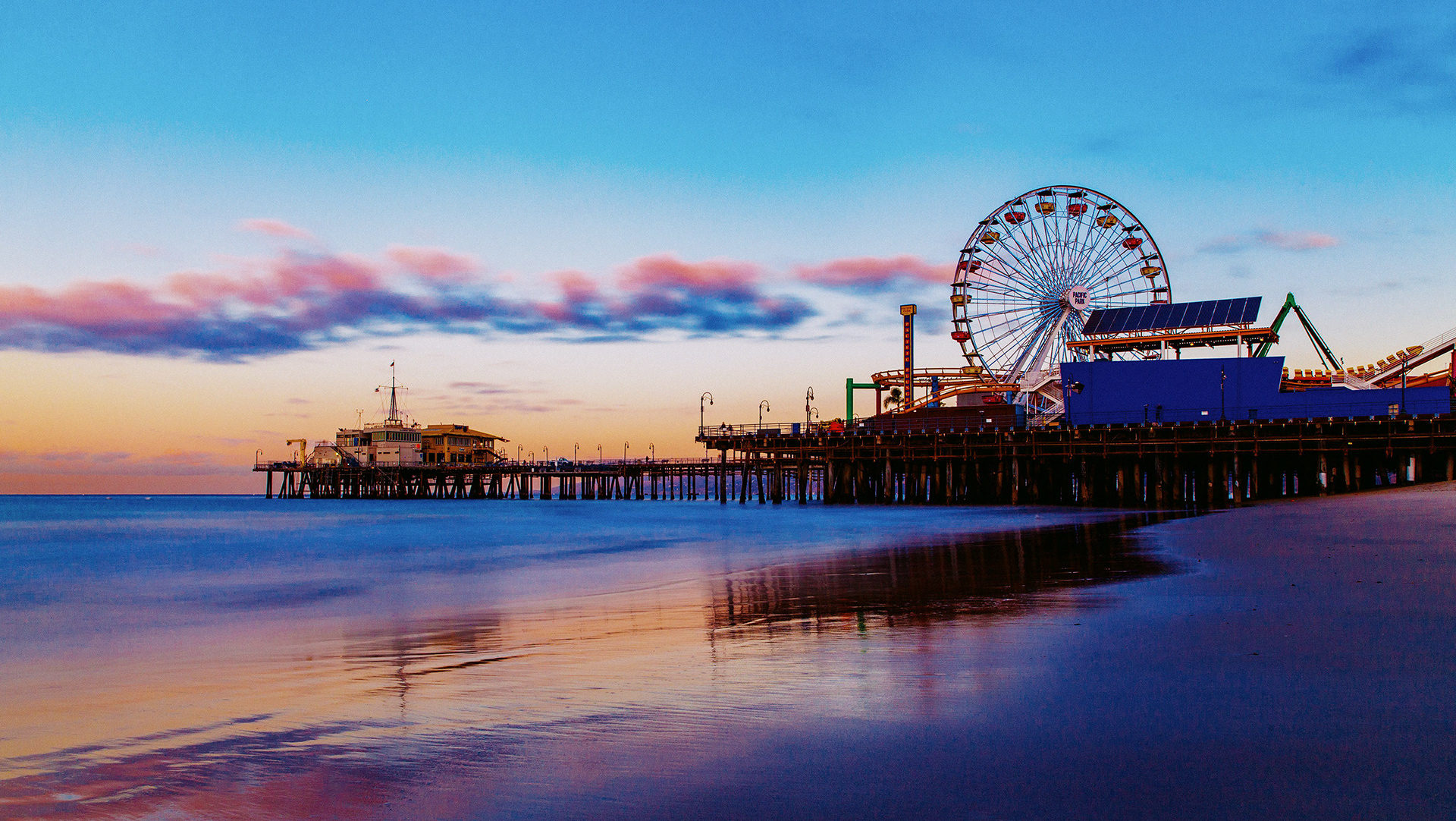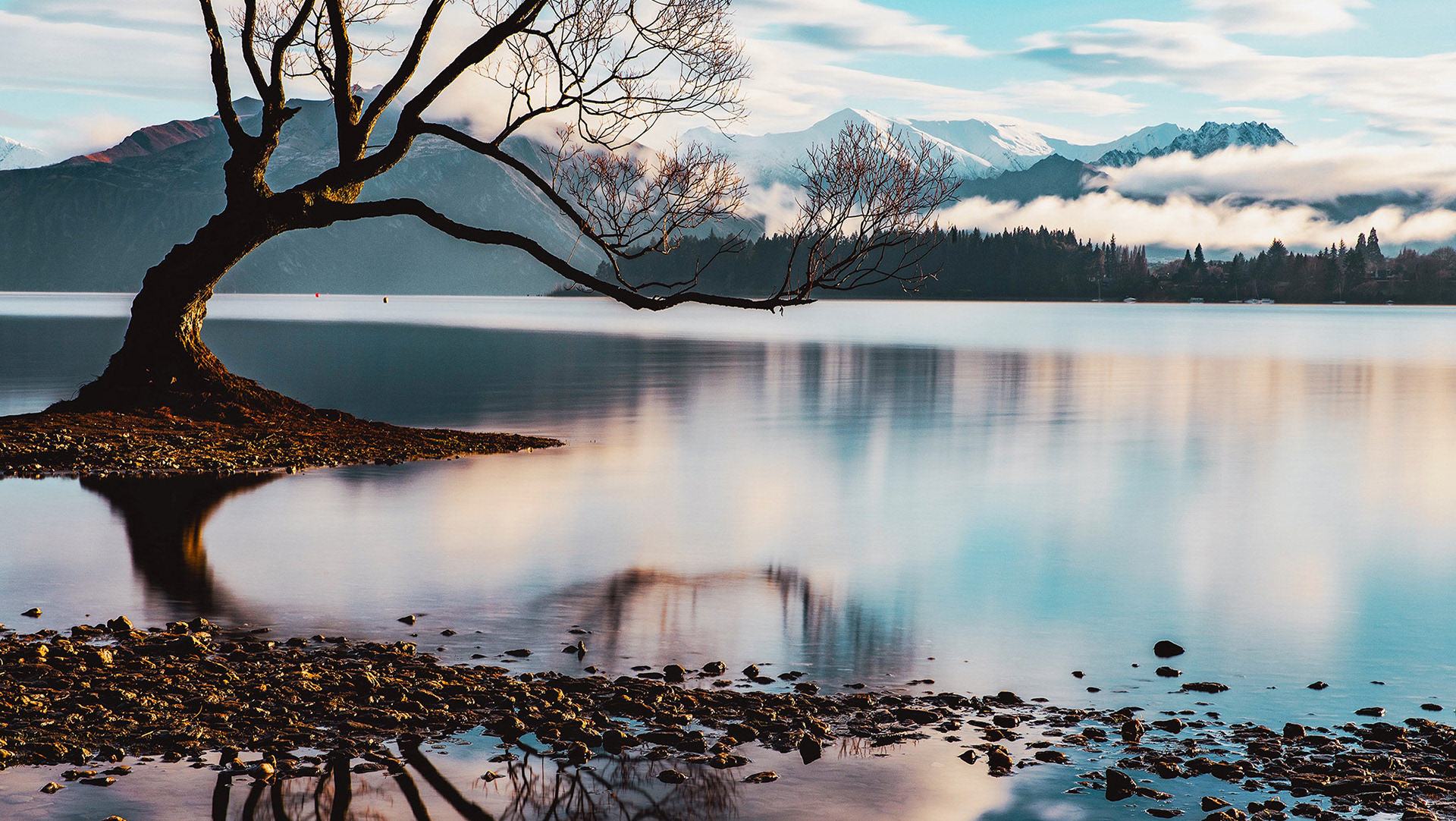Montpellier is a city in southern France near the Mediterranean Sea. One of the largest urban centres in the region of Occitania, Montpellier is the prefecture of the department of Hérault. In 2018, 290,053 people lived in the city, while its metropolitan area had a population of 787,705. The inhabitants are called Montpelliérains.
Line 1 of the tramway network, Montpellier
In the Middle Ages, Montpellier was an important city of the Crown of Aragon (and was the birthplace of James I), and then of Majorca, before its sale to France in 1349. Established in 1220, the University of Montpellier is one of the oldest universities in the world and oldest medical school still in operation, with notable alumni such as Petrarch, Nostradamus and François Rabelais. Above the medieval city, the ancient citadel of Montpellier is a stronghold built in the seventeenth century by Louis XIII of France.
Montpellier-Saint-Roch station
Montpellier is the third-largest French city near the Mediterranean coast, behind Marseille and Nice. It is the seventh-largest city of France, and is also the fastest-growing city in the country over the past 25 years.
Sète
Since the 1990s, Montpellier has experienced one of the strongest economic and demographic growth in the country. Its urban area has experienced the highest population growth in France since the year 2000. Numbering 70,000, students comprise nearly one-fourth of its population, one of the highest such proportions in Europe. Its living environment with one of Europe's largest pedestrian area, along with its rich cultural life and Mediterranean climate, explain the enthusiasm for the city, which is nicknamed the "Gifted". Montpellier was nominated for "Best Emerging Culture City of the Year 2017" by the think tank LCD. It is ranked as a Sufficiency city by the Globalization and World Cities Research Network.
Sète is a major port city in the southeast French region of Occitanie. It’s bordered by the Étang de Thau, a biodiverse saltwater lagoon. Across a narrow isthmus, Sète’s Mediterranean coast is lined with sandy beaches. The top of Mont St Clair offers views of the city, known as “Venice of the Languedoc” for its canal network. The Musée Paul Valéry has displays on the history of Sète, plus an art collection.
Southern French Life
Weekend Activities
Street
